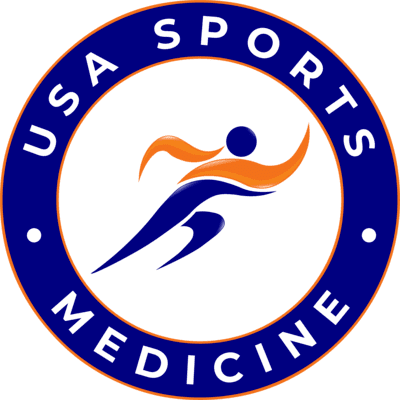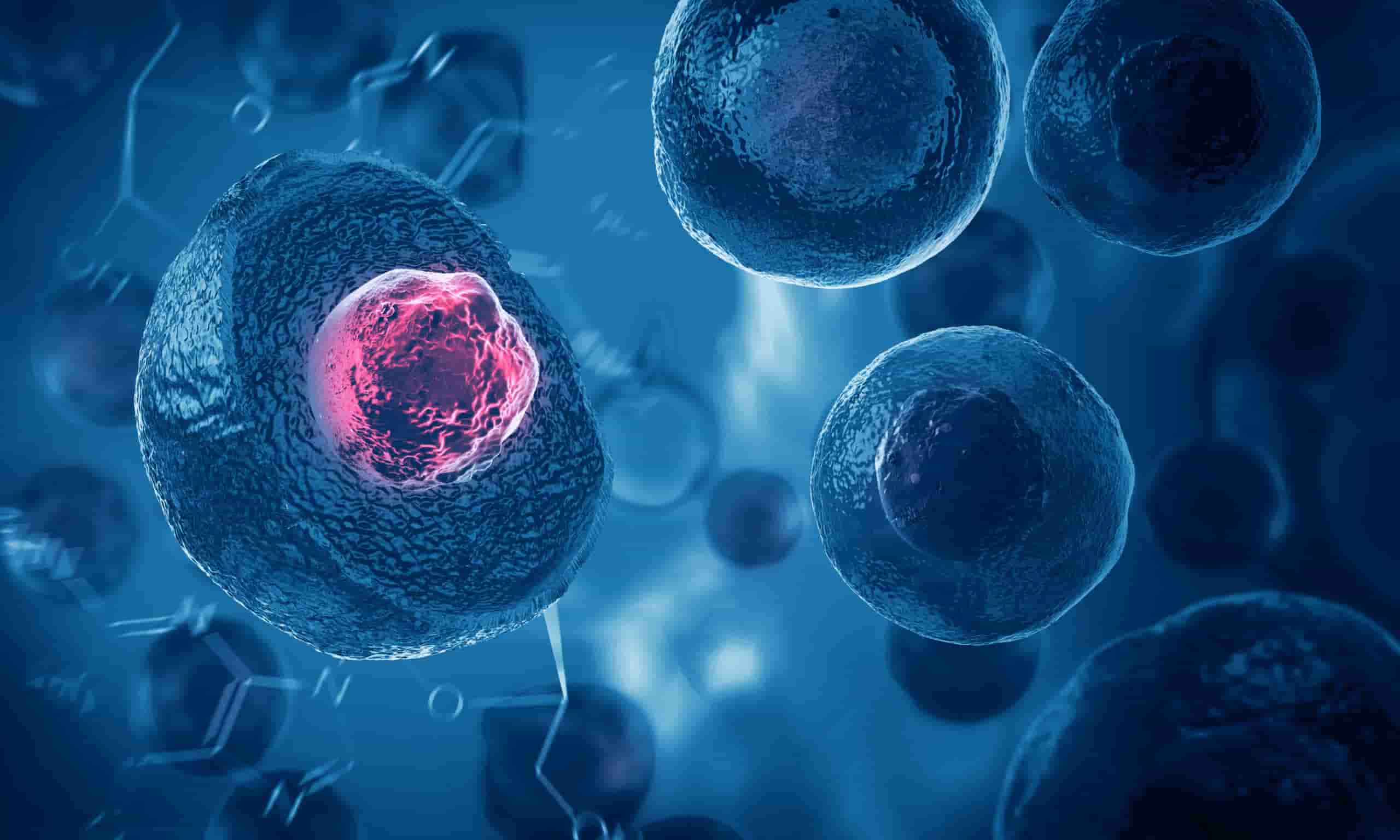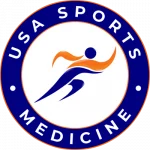The world of medicine is constantly evolving with new breakthroughs that help shape the way doctors treat various conditions. One of the most impressive and revolutionary advances in recent years is the development of regenerative treatments designed to improve function range of motion and strength. In fact, many experts believe these new therapies are ready to replace more traditional treatments, such as joint replacement procedures and orthopedic surgeries.
While regenerative medicine has only come to the forefront of the medical world in recent years, stem cell therapy, one of the most popular forms of regenerative treatments, is not an entirely new field. Stem cells have been used for many decades to treat various types of ailments and severe injuries. Today, there are documented cases where this cutting-edge treatment has made the difference between life and death for many, especially those who have failed to respond to traditional treatment methods.
However, despite being around for years, stem cell therapy is still relatively new in its implementation as an accepted form of medicine, particularly in North America, where it has taken a while to gain widespread acceptance by both health professionals and patients.
But What Exactly Is Stem Cell Therapy?
Stem cell therapy is a type of regenerative medicine treatment aimed at healing your injuries by regenerating tissue. Stem cells are found throughout your body and are working constantly to balance tissue breakdown and tissue regeneration. Without active stem cells, you would die as your body could not repair itself.
How Does Stem Cell Therapy Work?
Adult stem cells have several unique properties that make them different from other cell types. Their most unique quality is that they can form new tissue types. After an injury occurs, platelets are the first responders to the site and release signalling molecules called cytokines and healing proteins called growth factors. This healing cascade stimulates local stem cells to activate, replicate, differentiate, and repair.
Stem cell therapy takes your stem cells from an area of relative abundance and injects them directly into an area of relative deficiency, allowing you to heal more effectively.
Stem Cell Therapy Helps People With:
Meniscus Tears: Stem cell treatments have been shown to increase meniscus volume and repair some meniscus tears. Especially effective in the absence of mechanical symptoms (locking/buckling etc.), it has also been shown to be superior to exercise therapy alone.
Rotator Cuff Tears: Studies of full-thickness tears undergoing repair showed better healing (100% healing on MRI vs. 67% for non-stem cell treated) and lower retear rates at 10 years (13% vs. 56% return).
Knee Osteoarthritis: Knee osteoarthritis is one of the most studied uses for stem cells. A French study comparing patients with one knee replaced and one stem cell treated knee showed that 70% of the patients preferred the knee that received stem cell therapy.
What Is the Procedure for Stem Cell Therapy?
The procedure starts with taking bone marrow from one of your pelvic bones. This is not nearly as painful as it may sound! The sample is then placed in a centrifuge that spins at high speed, separating the stem cells and platelets from the other components of the sample. The concentrated stem cell sample is removed and then injected into the injured tissue. We use ultrasound and/or fluoroscopic guidance for pinpoint accuracy. High-quality living stem cells, containing powerful growth factors and cytokines, helps to jumpstart the healing process. It has even been shown to improve the quality of healing when compared to normal healing.
Stem cell therapy is an effective treatment used for common orthopedic conditions. It can be highly beneficial for tendon, ligament, or cartilage injuries because these structures have a poor blood supply. Structures that do not receive enough blood supply have a hard time healing because the healing nutrients found in the blood cannot make it to the injury site. A high concentration of healing factors taken from the blood and injected into the injured area can significantly speed up the rate at which one recovers and the quality of healing.
Not All Stem Cell Treatments Are Considered Equal
There is much confusion, and many doctors claim they are using stem cells, when in fact, they are not.
Our procedures are backed by real, up-to-date science, and we make sure each patient is getting the highest quantity and quality of regenerative components. Do not get fooled by others who use other cell types like placenta, amniotic or umbilical cells and try to pass them off as active stem cells. By using live cells from your own body, we deliver the most active cells to aid healing.
So Where Do Stem Cells Come From?
Bone marrow contains both mesenchymal stem cells (MSCs) and hematopoietic stem cells (HSCs). Both of these bone marrow stem cells guide tissue healing through their communication with other cells in the region. The HSCs form white blood cells, red blood cells, and blood vessels that help provide optimal tissue repair conditions. Due to their plasticity, they can form into other cells as well. Additionally, they stimulate the release of additional stem cells from the local bone marrow and release growth factors and cytokines to aid in healing.
What Should I Do to Prepare for the Procedure?
We recommend avoiding any NSAIDs (ibuprofen, naproxen, diclofenac, meloxicam) for at least four days prior to your procedure. It is best to avoid receiving a steroid injection in the weeks leading up to your procedure. Stay hydrated and drink at least 60 oz of water a day 2-3 days before the procedure.
Do you still have questions about stem cell treatments or regenerative medicine in general? Don’t hesitate to contact USA Sports Medicine or schedule a free consultation with one of our doctors to learn how these treatments can give you the quality of life you deserve.


